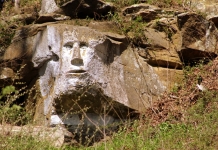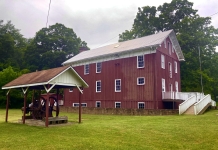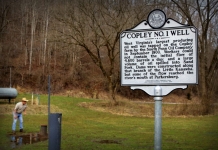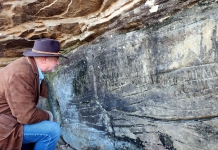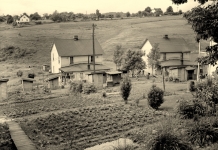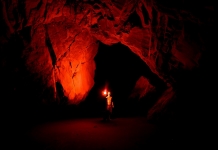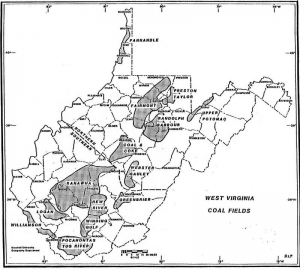
The Northern Panhandle Field is the name used to describe a coal-producing section of West Virginia that includes the following counties, in whole or in part: Ohio, Brooke, Hancock, and Marshall counties.
Coal Seams of the Northern Panhandle Coal Field
The principal seam mined in the Northern Panhandle Field has been the Pittsburg No. 8. The seam occupies the same position in the geological column as the Pittsburgh in the Fairmont field but has received the name Pittsburgh No. 8 because of its considerable variation in character from the seam in the vicinity of Fairmont which were considerably thicker. Coal mined from the Panhandle Field has been high in sulfur was not used as coking coal although it was an excellent steam coal and adaptable for domestic use.
Development of the Northern Panhandle Coal Field
The mining of coal began in about 1800 in the Northern Panhandle field to supply the needs of the early iron and pottery operations established along the Ohio River near Wheeling, WV during that period. Conrad Cotts, an experienced mine, came to Wheeling from Pittsburgh in 1810, opening up a mine that provided coal to local residents and blacksmiths. Early records of shipment of coal outside these local markets are virtually non-existent which apparently did not begin on any scale until after the arrival of the Baltimore & Ohio Railroad (B&O) to Wheeling in 1853. During the Civil War (1861-1865), under the Reorganized Government of Virginia, the Pittsburgh and Steubenville Coal Company was formed to mine coal in Hancock County.
The principal seam mined in the Northern Panhandle has been the Pittsburgh No. 8, a seam that actually occupies the same position in the geological column as the Pittsburgh in the Fairmont Field. In the Panhandle, the seam is called the No. 8 because of its considerable variation from the seam in the Fairmont Field. Its thickness is considerably less and the top part of the seam normally consists of 7 to 12 inches of impure and bone coal.


